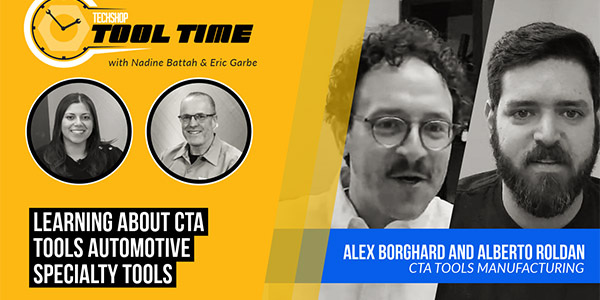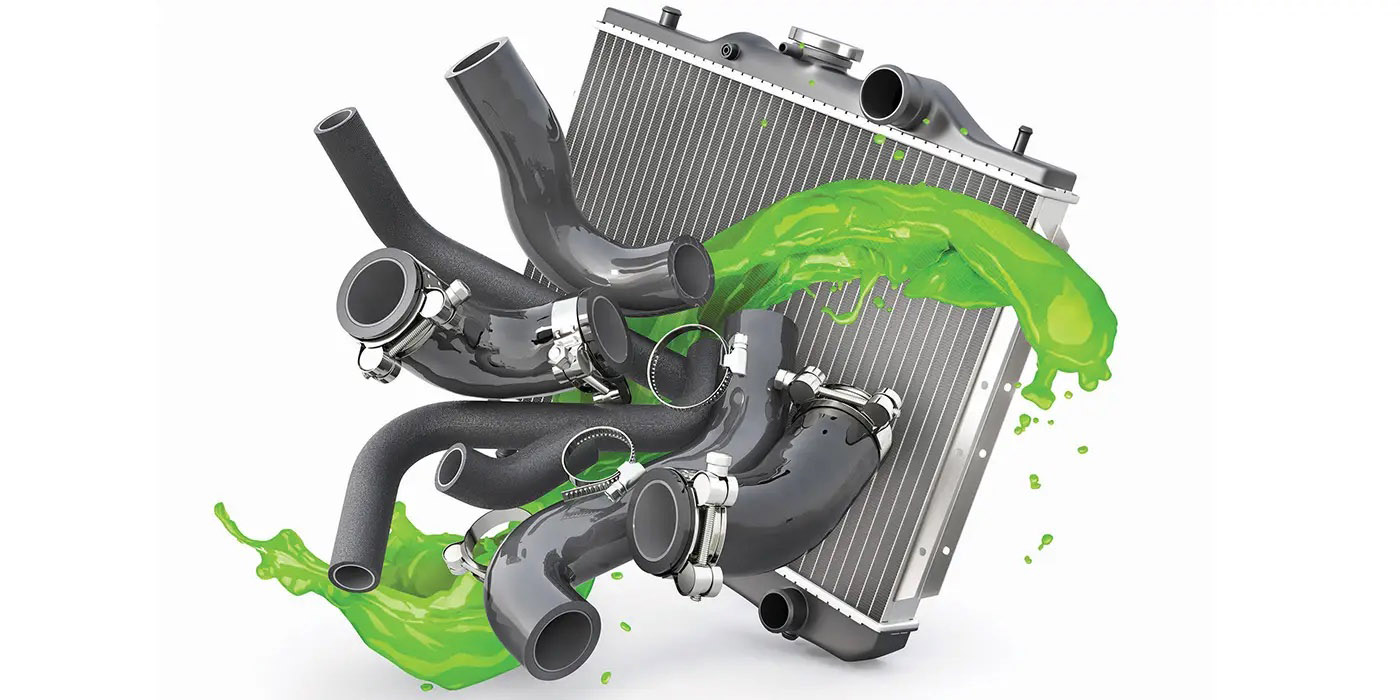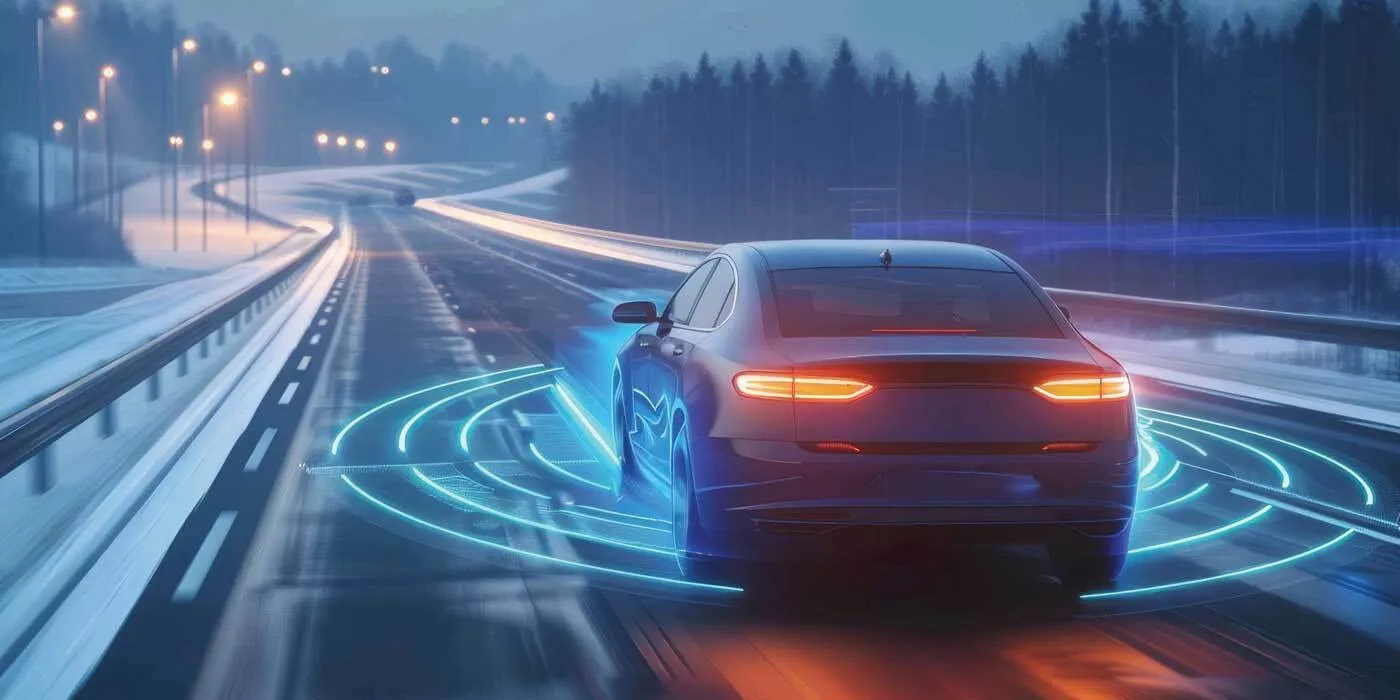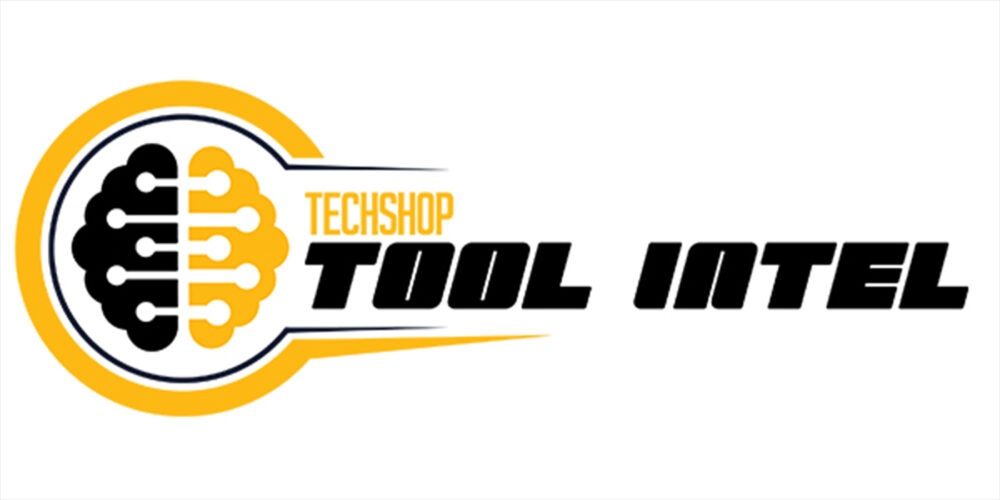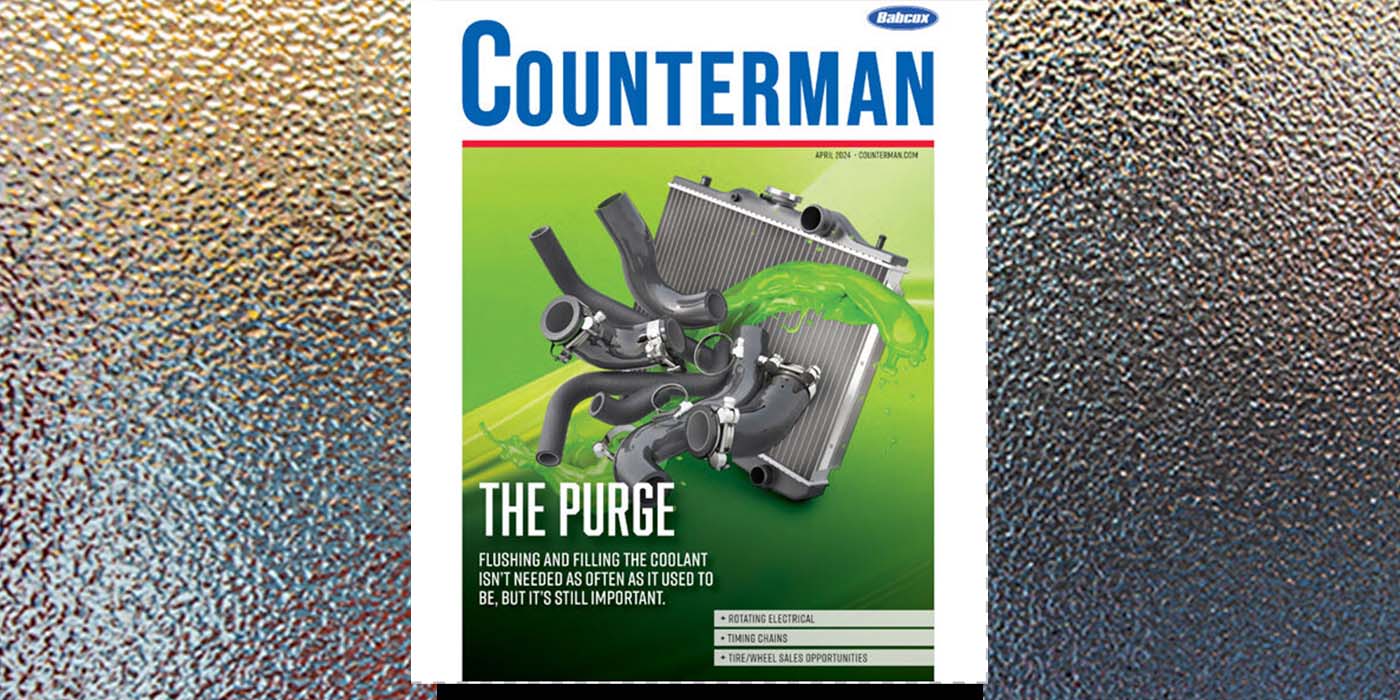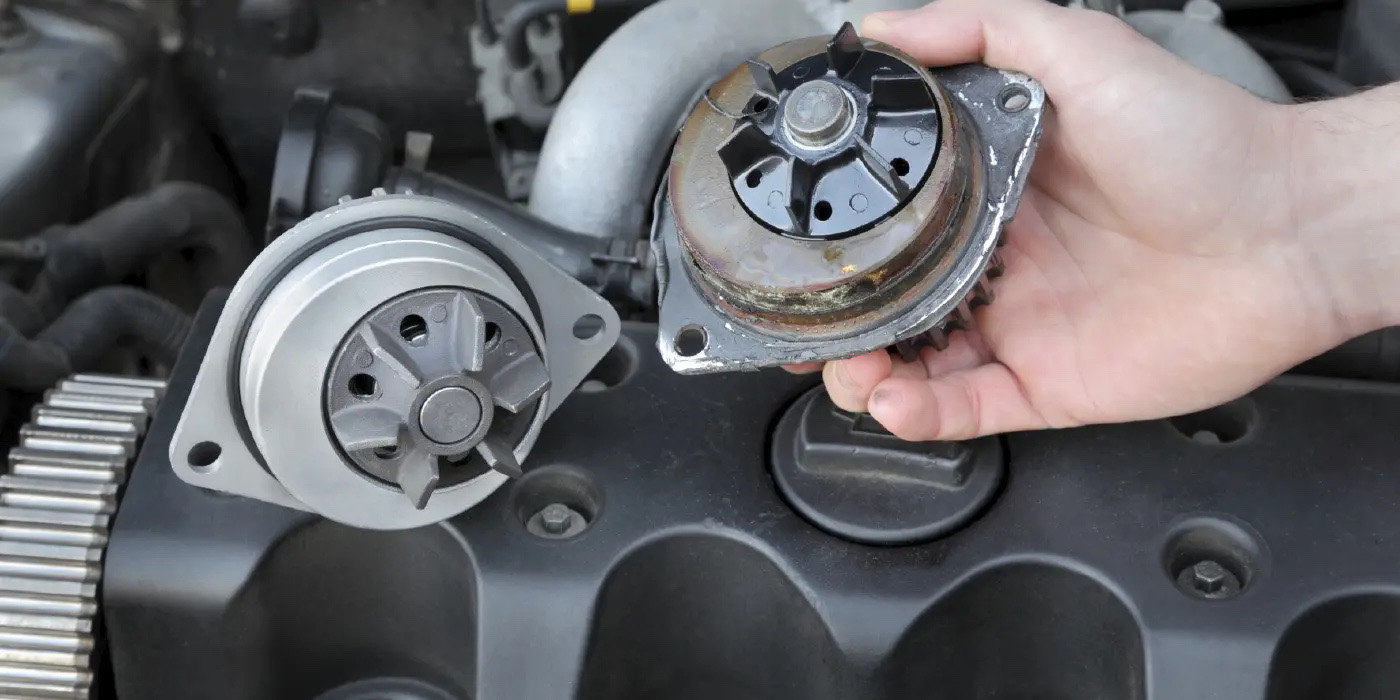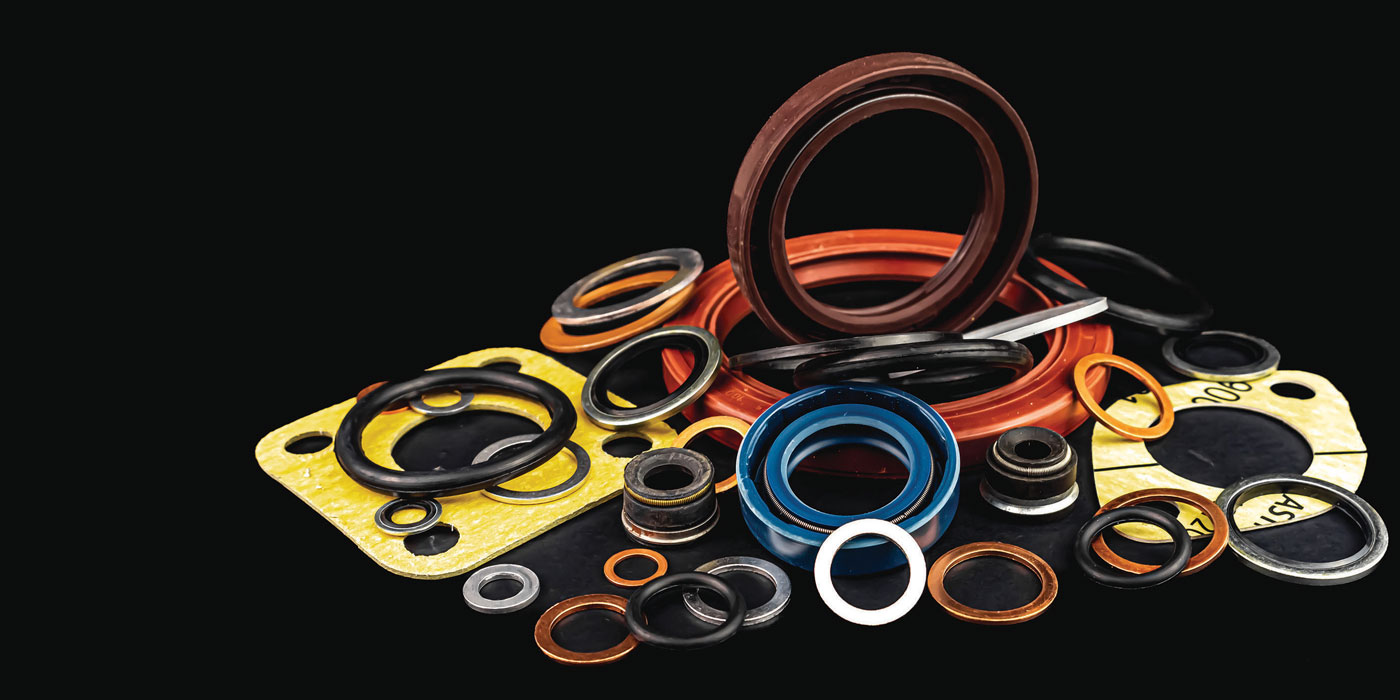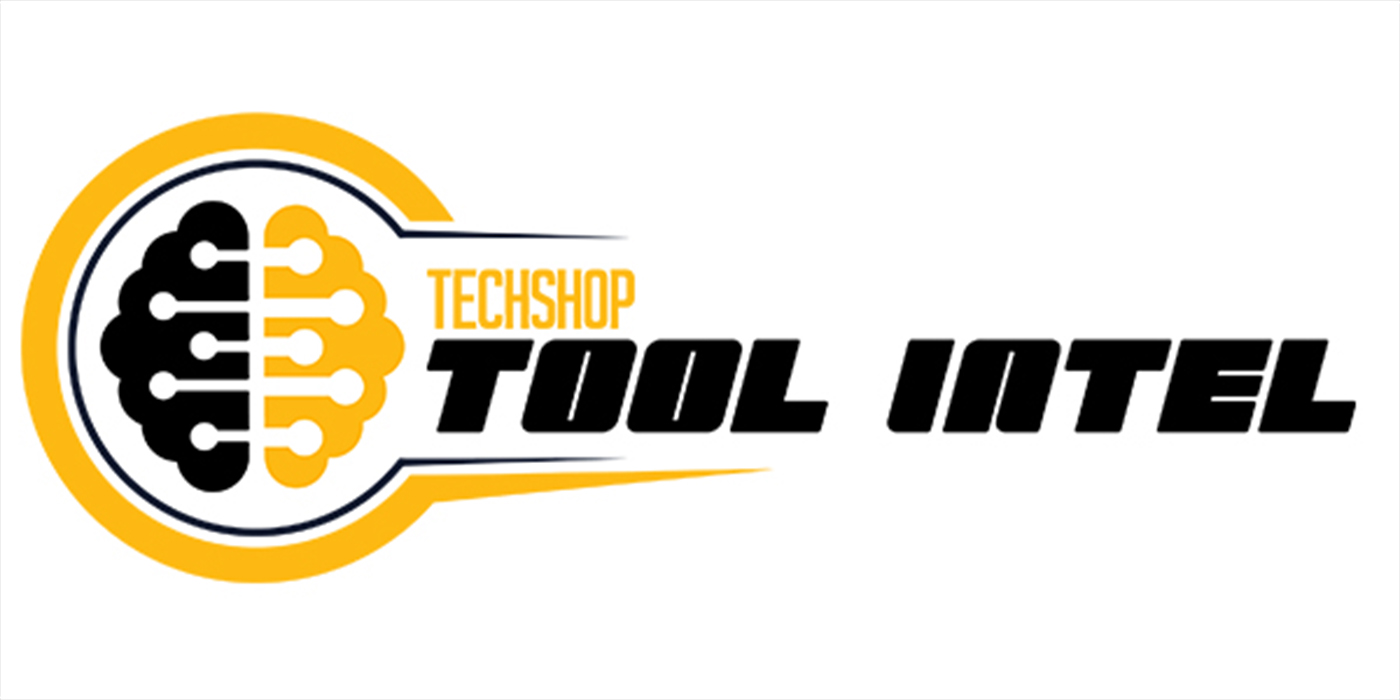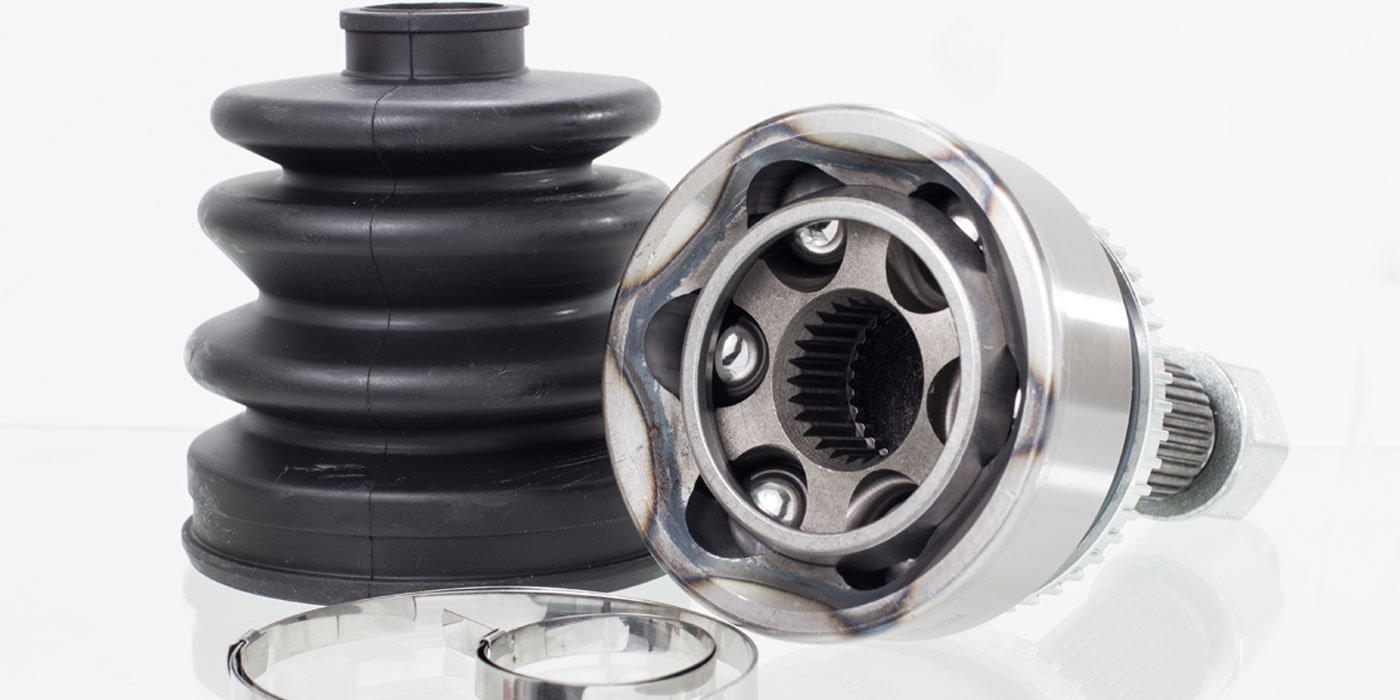Read up on essential products in our annual technical sales seminar section. We review 12 products you need to know better to move products.
Brakes
Fuel Pumps
Gaskets
Batteries
Wipers
Catalytic Converters
Shocks
Engine Management
Lighting
Belts and Hoses
Oxygen Sensors
Antifreeze
The average customer looking to replace a burned-out brake light or other light wants to find it fast, fairly priced and easy to install.
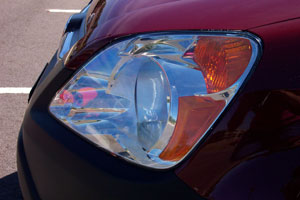 The life span of most lamps is limited by the life of the filament inside the bulb which, in turn, depends on bulb design, light output, temperature, cooling and hours of use.
The life span of most lamps is limited by the life of the filament inside the bulb which, in turn, depends on bulb design, light output, temperature, cooling and hours of use.
Lamps used for turn signals, brake lights, interior lights and instrumentation are typically rated for longer service, ranging from 700 to 5,000 or more hours. The reason these bulbs last longer is they don’t run as hot as headlamps.
Lighting products are vital to safe operation of the vehicle, even in the daylight. Studies have shown that vehicles are much more visible to other drivers when the headlights are on, thus giving way to the trend of daytime running lights on many of today’s newer vehicles.
When stocking lights, have a good selection of not only bulbs, but bulb styles as well. Not everyone is looking just to light the road. Some may be willing to spend a little extra for an expensive look. Having the product
on-hand (and being able to talk about them intelligently) will be a winning sales combination.
In addition to lighting products, consider stocking other safety and visibility products as well. These products include:
•Reflectors and reflective tape;
•Back-up lights;
•Cab/interior lights;
•Flashers;
•Replacement mirrors;
•License plate lights;
•Turn signals
AUXILIARY LIGHTING
Along with technological advances in headlights have come advances in auxiliary lighting. Among these has been the release of a free-form reflector halogen bulb that uses a computer-designed reflector to distribute the light directly on to the road.
Traditional parabolic reflector-type bulbs reflect and distribute light through optically-patterned lenses. The amount of light given off depends upon the size of the lamp and the size of the bulb.
Newer technology aims the light via a computer-designed reflector. The lens does not affect the light distribution, so more light is distributed on the road because it is not lost through dispersion.
The bulbs direct approximately 60 percent more light on the road than traditional lights, and the amount of light given off is not dependent upon the size of the light bulb.
When it comes to choosing a set of driving lights, fog lights or off-road lamps, brightness isn’t necessarily the best way to gauge light performance or effectiveness.
Two lamps with identical candlepower ratings can have very different performance characteristics. One may project a very efficient beam pattern that’s properly focused and shaped for the application while the other scatters light haphazardly in the general direction it is aimed. The difference in price usually reflects the difference in optical quality and control. Beam optics are a function of lens and reflector design.
A quality halogen fog lamp, for example, will produce a low, flat beam pattern that cuts off at hood level to minimize reflections back into the driver’s eyes from fog, rain, snow or dust.
A good, quality driving light, by comparison, will generate a beam that provides maximum reach as well as a carpet of light that extends from in front of the vehicle to the limits of vision.
When selling lights and lamps, be certain to have the proper displays needed and take advantage of your suppliers’ promotional materials and displays. Place displays in impulse areas like near the entrance or near the cash register.

